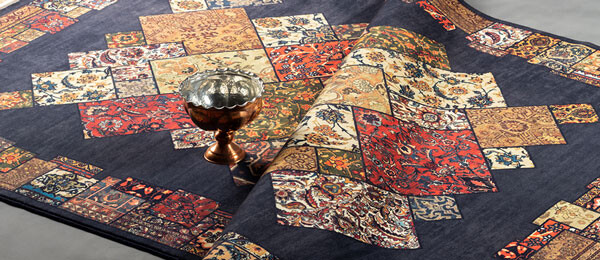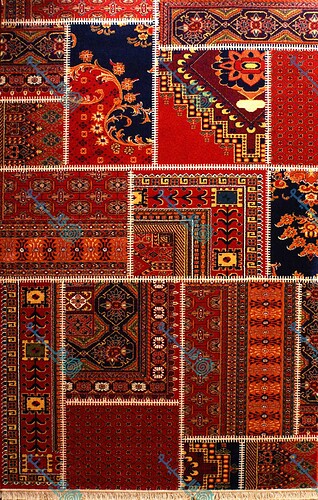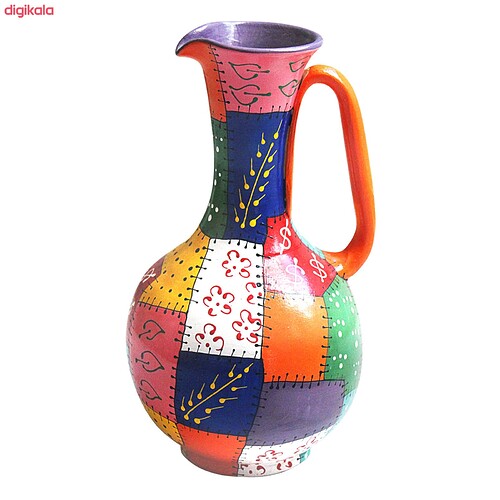Sorry I’m so late to this discussion – also of philosophical interest to me!
Metaphors of “flatness” (as in flat, non-reflective paint as much as flat file) or “opacity” or “thinness” strike me as potentially helpful for tiddlers whose content doesn’t shift much according to one’s angle of view. “Static” is also helpful, and maybe “basic” (at the base, straightforward). Perhaps also “concrete” to get at the tactile sense of where one comes up against solid stuff, or self-contained. (So some complementing terms might be: deep, refractive, holographic, entangled …)
One worry about “compound” vs “simple” rhetoric is that (what I’m calling) “basic” tiddlers (or concrete, etc.) can still be quite structurally complex – not only potentially long, but chock full of fields.
And that fact brings us to a further question of clarification:
Is it just by examining the text field that we’re determining whether a tiddler is static / plain / flat / basic?
REASON/CONTEXT for YES: For most of my purposes, I do often implicitly make such a distinction with reference to the text field only; there are so many contexts (such as an expandable TOC, or expandable rows in Shiraz dynamic tables) where what’s displayed is just the wikified text field… (So I do a little “Doh!” when I’m forced to remember how some apparently ordinary tiddler – camouflaged among others that all “look” simple in view mode – doesn’t really contain what I thought it did… I may have lost the thread because the tiddler was “knotty” – or is it “naughty”?  )
)
In those cases (mentally tracking which tiddlers behave straightforwardly under transclusion), it’s usually immaterial whether helpful dynamic elements might be hanging out in other fields; the tiddler is still effectively flat/self-contained in terms of the predictability and “portability” of its essential contents. (Those dynamic elements may just be linkstyles which pull from icons or color templates beyond the tiddler, for example.)
REASON/CONTEXT for NO: There are situations where the “refractive” aspect of other fields may really matter. For example, suppose a tiddler contains student work in the text field, and elements of my feedback and evaluative rubric in various fields. Sometimes a field contains a substantive but frequently-used “boilerplate” comment, which I house elsewhere and transclude. If the source-tiddler housing that comment were deleted (or if my content-tiddler were dragged to another wiki without that detail), some of my content seemingly evaporates. And that’s one issue I’m implicitly wanting to track when I think about which tiddlers are “basic” / portable / flat / static.
Of course, any particular metaphor we choose is likely to come up against some limits or need for situation-specific qualifying remarks… but brainstorming resonances, and thinking through some of those limits in advance, is something a forum like this can do well.
Best regards to all – enjoying the patchwork of insights here!



 )
)
 My opinions here are just that, opinions. But in the end I support whatever you and the rest of the community want to do.
My opinions here are just that, opinions. But in the end I support whatever you and the rest of the community want to do.